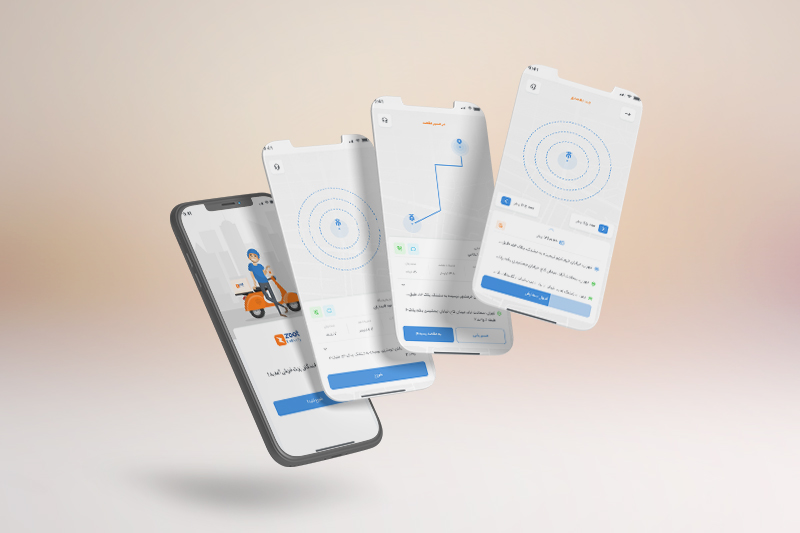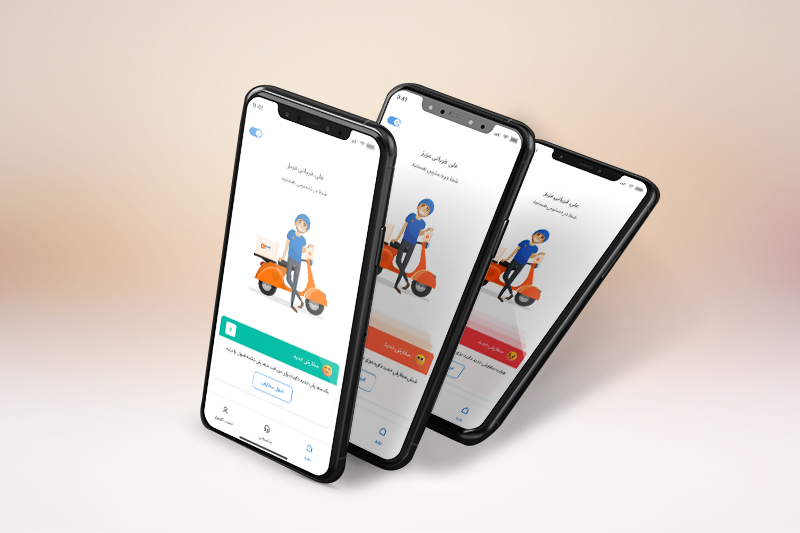Description
As a UI/UX designer, I had the unique opportunity to design a Fleet application from inception, aimed at optimizing the logistics operations for drivers. The challenge was to create an application that would enable drivers to efficiently accept missions, plan routes, deliver parcels, and streamline their daily tasks. Prior to this, the process was manual and disjointed, leading to operational inefficiencies and a lack of real-time coordination. My objective was to devise a user-friendly and comprehensive solution that would facilitate a more organized and effective workflow, thereby improving the delivery performance and enhancing customer satisfaction. This project was an integral component of a Software as a Service (SaaS) ecosystem, which included a dispatch admin panel and a Progressive Web Application (PWA) utilized from PDAs or mobile phones for order picking, all working in unison to provide a seamless end-to-end service.


